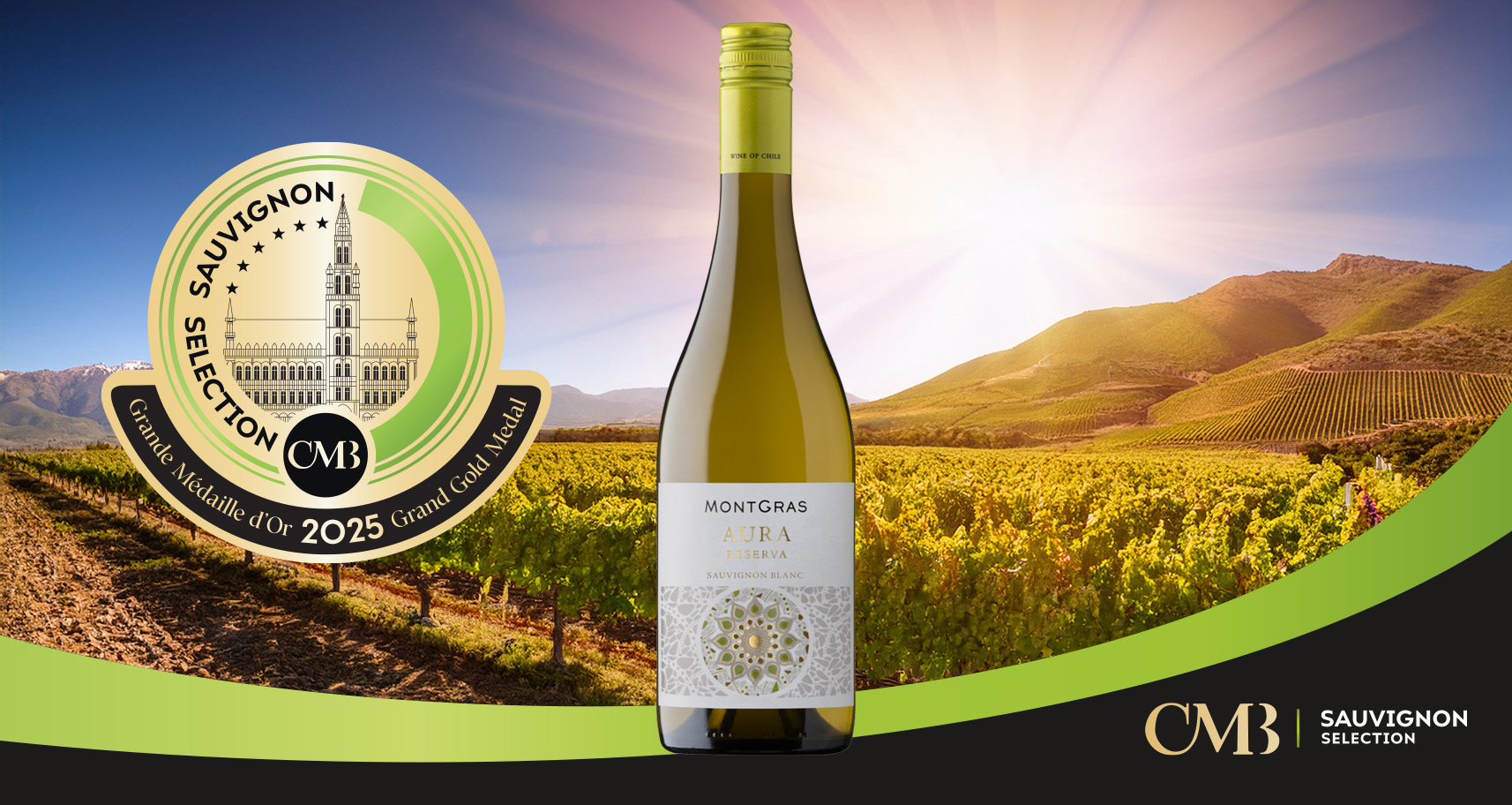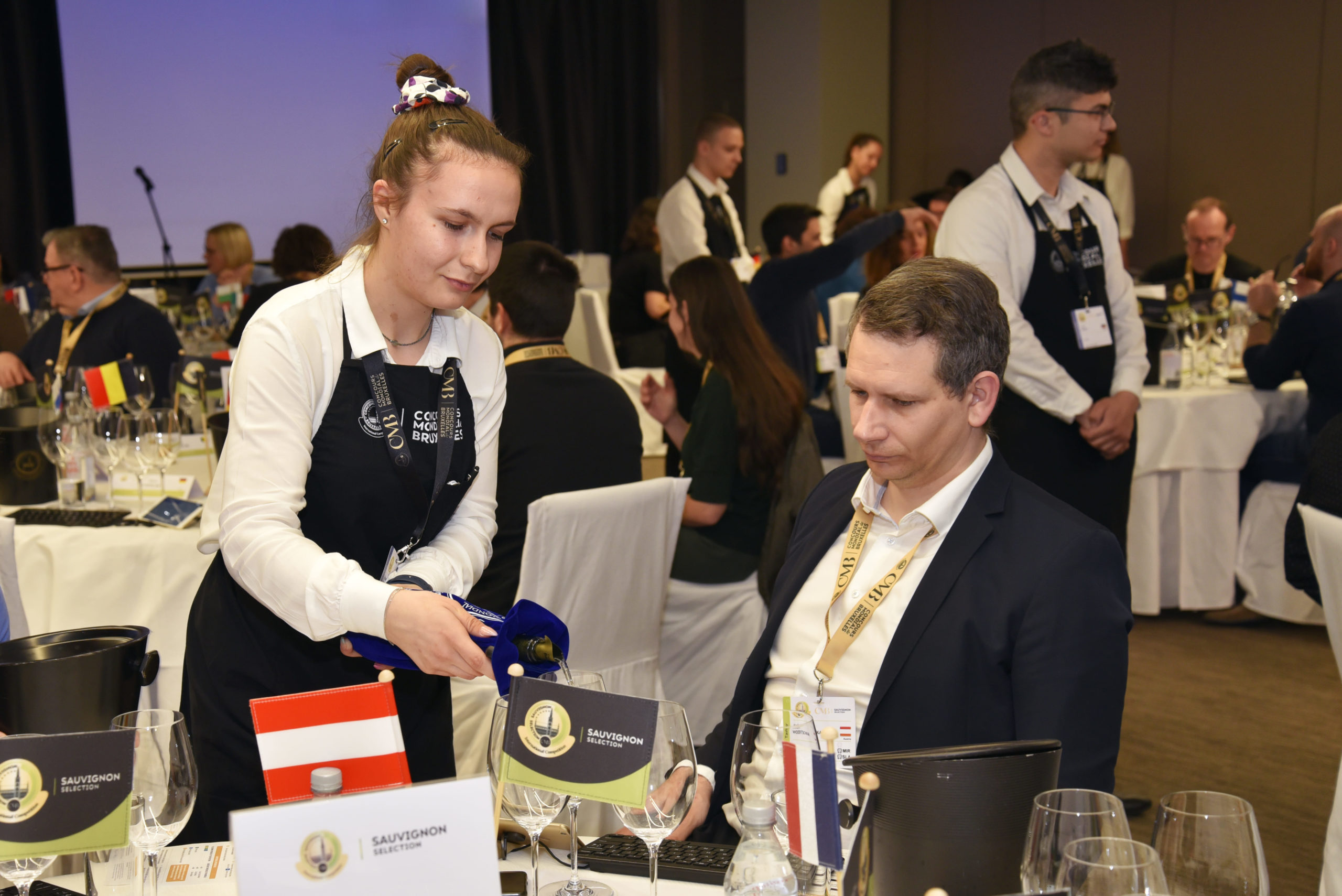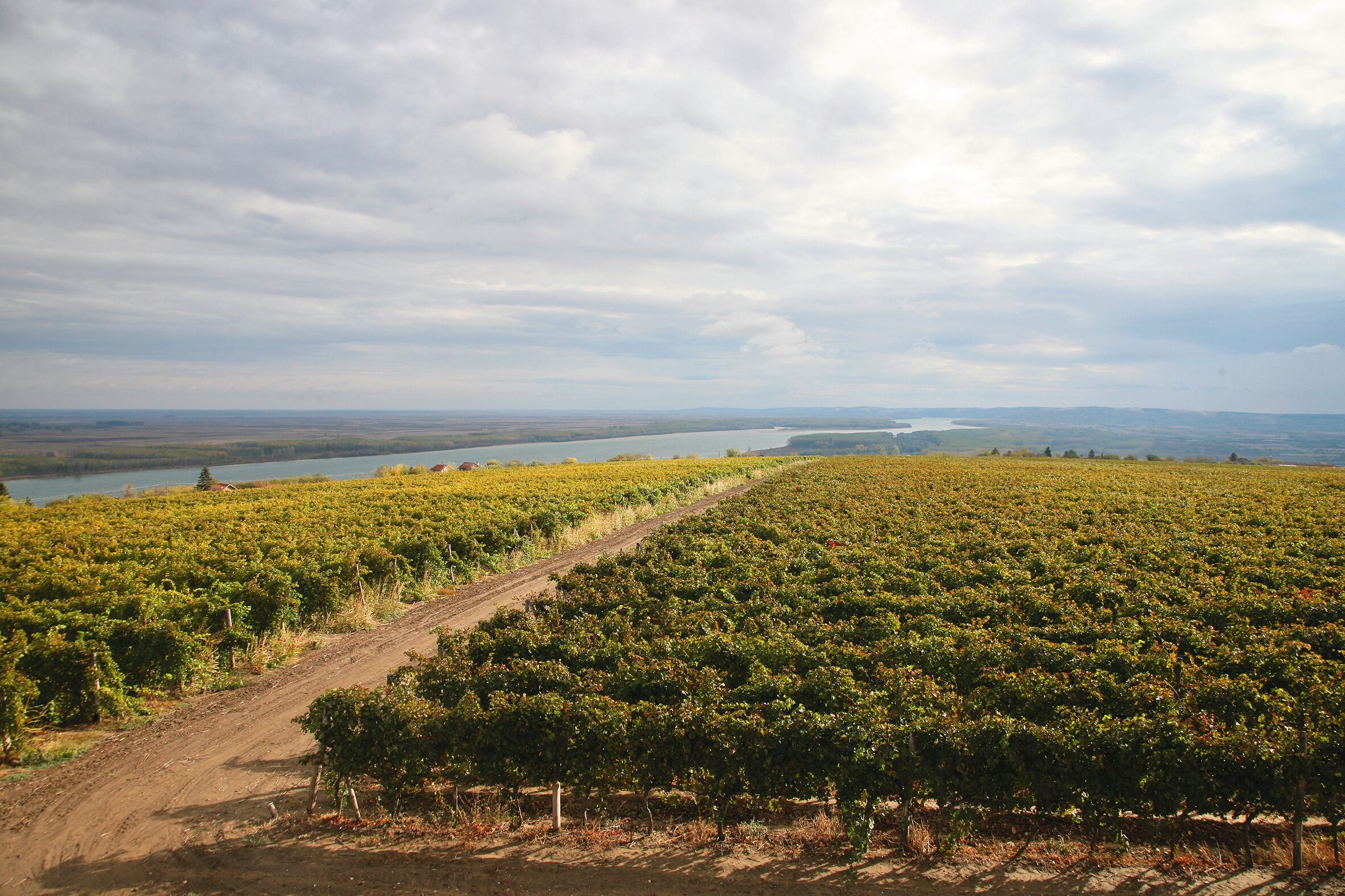Fransola or Sauvignon in the unlikely setting of the Penedès region
A trailblazer in more ways than one, Torres family took to the hills to produce Sauvignon blanc in its Fransola vineyards. Journalist and wine judge Frédéric Galtier looks at how they overcame many hurdles to preserve the intrinsic character of Sauvignon.
Mediterranean Sauvignons have often attracted negative press. It is thought that the climate and latitude are not suited to the needs of a variety whose finesse is thought to only express itself under more northern skies. Blind tasting and the Concours Mondial du Sauvignon have proven otherwise, showing that southern Sauvignons too can be compelling. After Castilla’s Rueda and its exemplary rapport with Sauvignon, Penedès, the wine region skirting the edges of Barcelona, also has a singular history with this grape variety.
The Penedès appellation covers a vast area stretching from Igualada in the north to the Mediterranean in the south, leaving Barcelona in the east and the Gaià mountain range in the west. Wine growing here has followed the vagaries of fashion in the hands of large industrial groups (often Cava producers) who introduced “quality-enhancing” grape varieties to meet volatile international demand. Although the current trend is towards the recovery of forgotten and indigenous grape varieties (Torres is spearheading the move), the fact remains that international grape varieties are part of the genetic make-up of the region and its terroir as a consequence of socio-economic and historical factors.
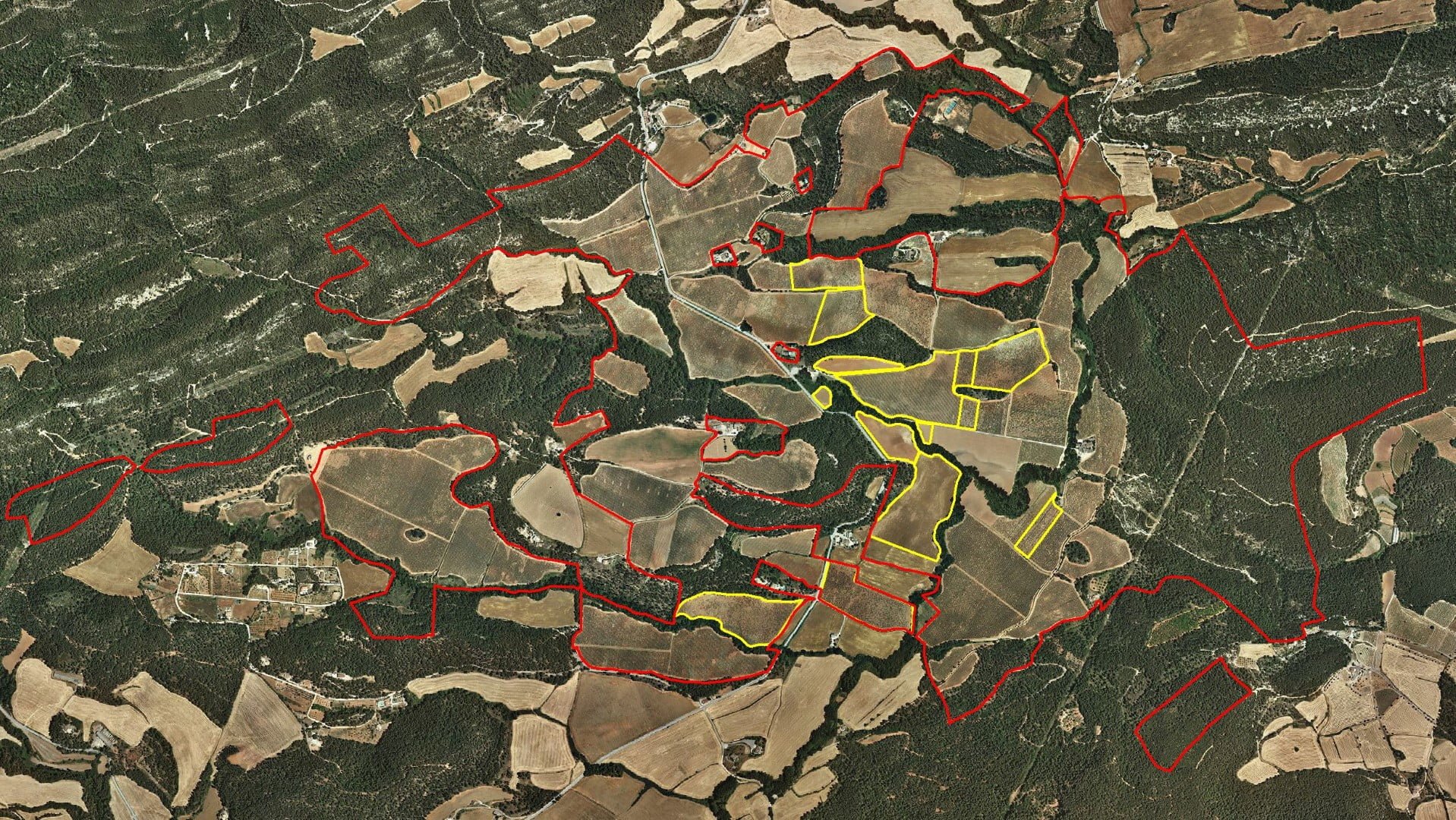
Sauvignon blanc parcels of the Fransola estate
Fransola is now a wine made from Sauvignon and an iconic brand of the Torres family that emerged in 1972. Its vineyards are located on the western uplands of the Penedès region, where Sauvignon, Pinot noir, Chardonnay and Riesling grow side by side. The property covers some 192.1 ha with a total bearing area of 153.2 ha. Sauvignon represents 14% of the total (21.42 hectares) and the two most qualitative vineyards are La Creu (5.14 hectares planted in 2014) and Darrera el Turó (3.54 hectares planted in 1985).
The challenges for Sauvignon in the Mediterranean
Joaquim Masso is the winemaker tasked with making white wines at Torres and has worked for the company for 20 years. He works alongside Arnau Travé, manager of the Fransola estate. He recounts: “The quality and character of Sauvignon depend mainly on the vines and vineyards (microclimate, wind, aspect, etc.). Over the uplands of Penedès, Torres focuses on northern white cultivars such as Riesling, Chardonnay and Sauvignon blanc. There is also some Pinot noir and a rediscovered white grape variety, Forcada”.
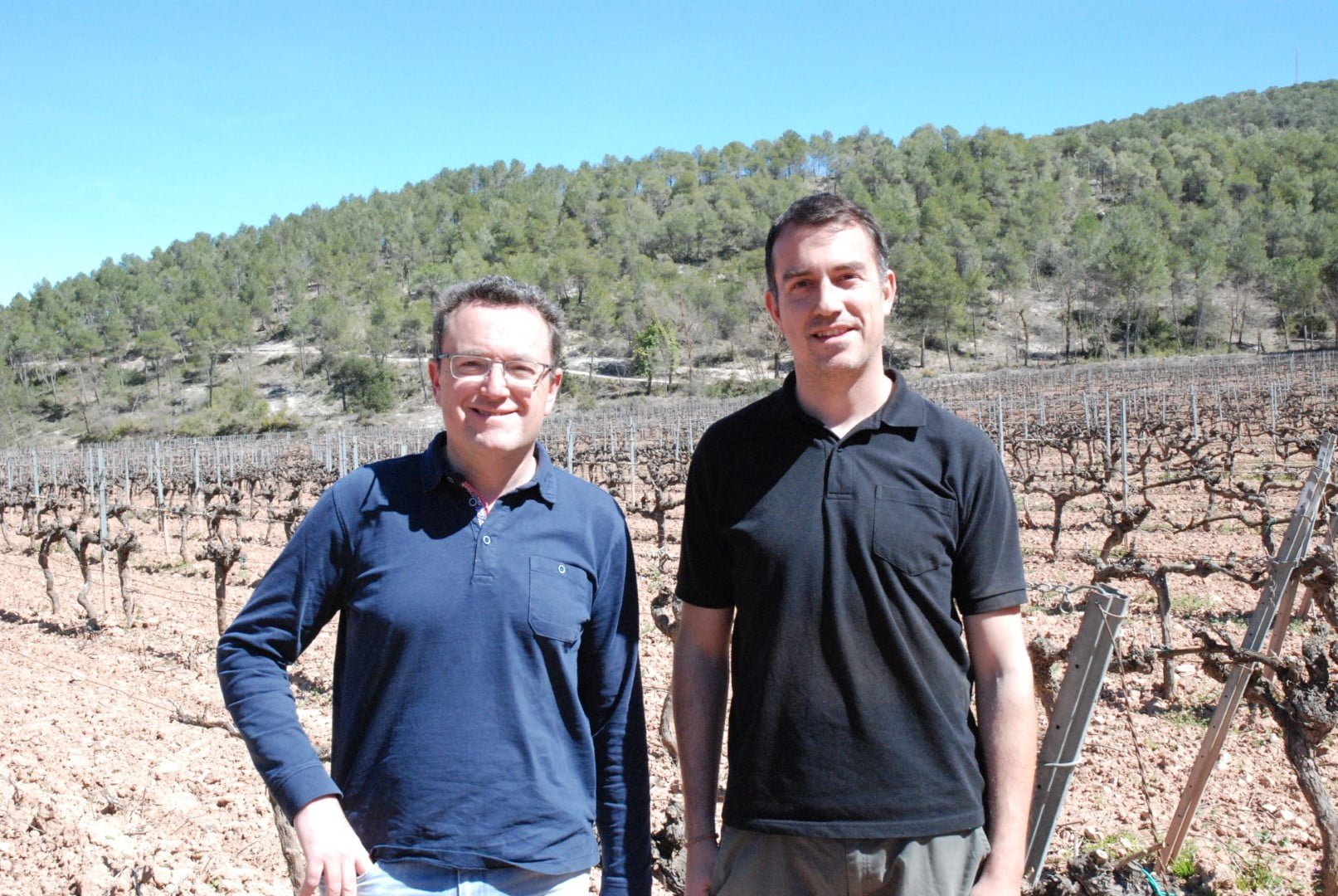
Joaquim Massana, winemaker and Arnau Travé manager of Fransola Estate
A lot of vines had to be uprooted on the property due to a serious issue with grapevine trunk diseases. The wounds inflicted on the shoots by pruning lead to the accumulation of fungi and bacteria that end up killing the vine stock. Sauvignon is highly sensitive to this and the issue illustrates the constant challenge that the grape variety poses in this region of the Mediterranean.
To overcome the problem, the Torres fmily viticulture team changed their vineyard management techniques by pruning longer. This style of pruning reduces the wound and minimises the risk of infection. Over the past three years, the phenomenon has slowed down.
In Fransola, the vines are located 500 metres above sea level on an estate where weather conditions in spring can be quite fickle. The risk of frost is significant as was revealed last year between 24 and 28 April, just after bud break at a crucial moment for vine growth. Some of the crop was salvaged, but the very vigorous Sauvignon partially developed new buds and production dropped.
“I remember years of challenging frost conditions which ultimately promoted quality”, comments Joaquim. “The involuntary selection of grapes works like a green harvest, but 2017 was extreme and frost affected the entire property. For the first time ever, we lost 80% of production!”
A propitious terroir that lends itself to Sauvignon
Fickle weather, including wind, a lot of wind, and hills with varied aspects form a complex vineyard with myriad sub-zones, paving the way for precision viticulture. “For the whites, vines located along the edge of the forest produce better quality, for example”, adds Joaquim. “Here, the sunshine is different, the nights are cooler and the soils more clayey. This offers an ideal terroir for our Sauvignon”. In this part of the upper Penedès, summers are very dry and water stress is counterbalanced by the clay-limestone soil which retains humidity. This characteristic soil explains how Sauvignon has adapted well to the local terroir. The variety needs a lot of water to nourish its vigour and extensive leaf exposure which guarantees excellent fruit ripening.
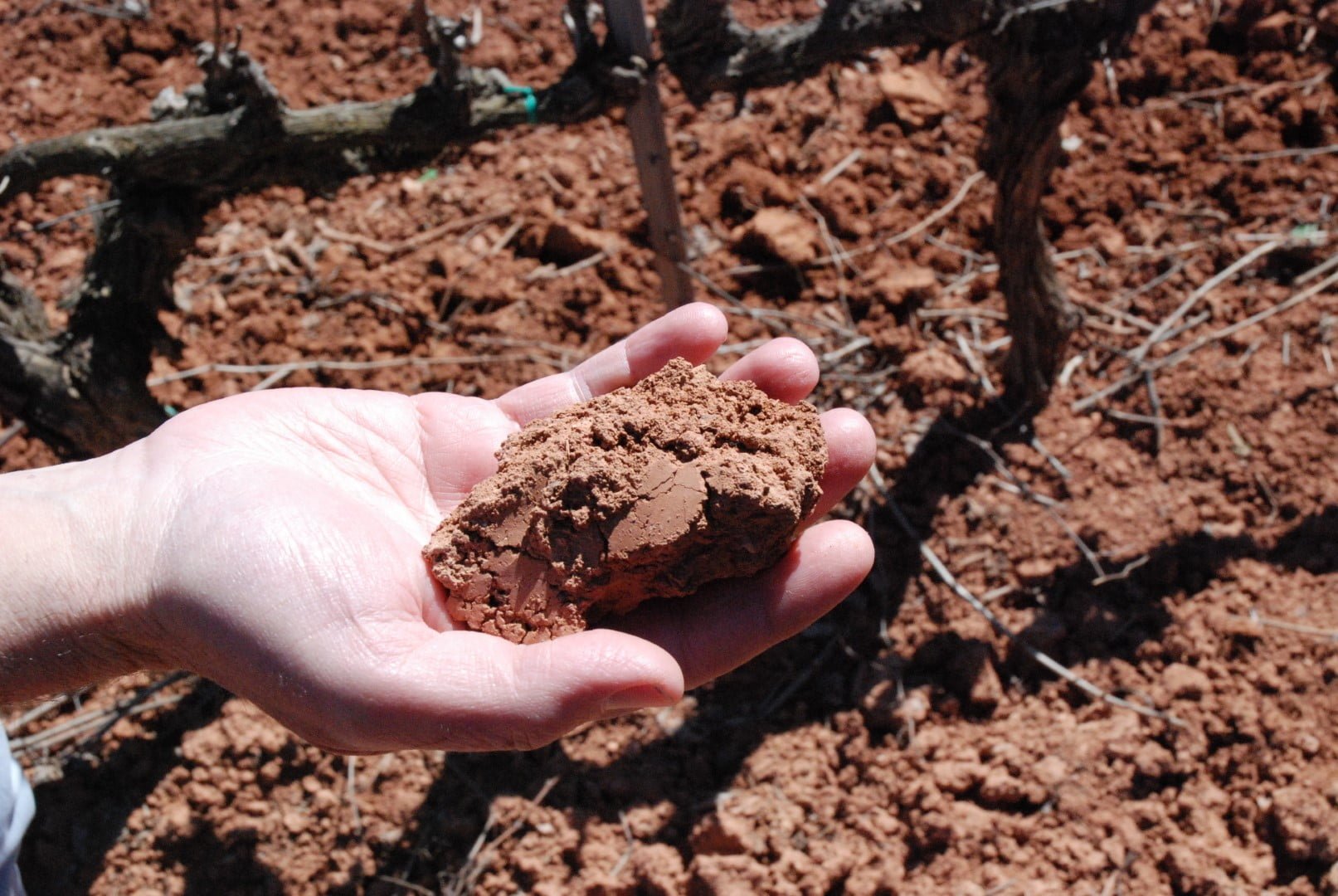
A complex but mostly clayey soil
“The main worry is when it rains too much, and that’s not uncommon, especially in September. The valley acts like a sponge, it’s very wet”, adds Joaquim. This is a real problem for parasites, diseases and fungi – here botrytis develops quickly. Climate change has improved the situation, but Joaquim remembers the terrible years from 2000 to 2005: “We came to see the vines and everything was fine, then the next day they were infested with rot. Botrytis has wings here!”
Once the vine has come under attack, very little can be done apart from wait, take some chances and harvest at the best time, while sorting the grapes so as not to bring in brotytis. “For the Sauvignon, we pick everything by hand. We need 40 people in the vineyard and they are qualified staff that know what they’re doing. Harvesting is slow, and brotytis gains ground the whole time”, he adds. “This is the major cause of anxiety in September: Sauvignon is a very delicate vine, which produces extraordinary quality, but requires constant attention”, he says.
Vines under intense scrutiny
In the Penedès region, Sauvignon needs to find balance. Leaves close to the grapes must be pulled out, for example (espampolar in Catalan), so that the vine can breathe and is properly aerated, thus averting the risk of rot. Doing so, however, is also a source of risk because Sauvignon blanc doesn’t like the sun, so you have to juggle both elements, and minimise the dangers on either side.
“Thiols in particular are photosensitive”, says Joaquim, “and if you are looking for great varietal expression, you must protect the berries from the sun’s rays. We remove the leaves facing north and leave those that protect the grapes during the hottest hours of the day”.
For 2 years, the vines have been farmed organically using only copper and sulphur preventatively. Fransola, which is marketed mainly in Spain, Belgium, Switzerland, Finland, Germany and the Netherlands, is eligible for organic labelling butTorres generally prefers to avoid certification overload, especially for high-end wines.
Checking ripeness is pivotal for Sauvignon: in addition to classic weekly analyses, the technical team uses other technologies to monitor maturation. Grapes are measured and photographed to monitor the tone and size of the fruit. “Sauvignon must be green, if it is yellow, it is a bad sign!” The size of the berry is instrumental in checking sugar levels. “This system allows us to monitor the progress of the sugar and we can select harvest dates with greater accuracy: when the plant stops producing sugar, we have to start planning the harvest”, he stresses.
“We know that Sauvignons can have very different profiles – they can have high levels of pyrazines and be bell peppery and vegetal, or show the style we are looking for, which is more thiol-driven, more balanced and recalling boxwood aromas. We also find it more tropical, suggestive of peach and nuts. By checking sugar levels accurately, we can better guide the vine so that it produces one wine profile or another”, he adds.
He concludes: “Sauvignon in the Penedès region has spectacular potential, even if we cannot offer it an ideal habitat. The region is extensive and varied: on higher ground within the appellation area, growing Sauvignon blanc becomes truly meaningful. Here we can produce wines with a very fruity aromatic profile, sometimes quite ripe depending on the year, veering towards tropical notes, but never lacking in finesse or elegance. The palate is generally full and balanced by bold acidity that gives it an unexpected touch of freshness for these latitudes”.
Vertical tasting of Fransola – 2014/2016/2017 – exemplary results in challenging years
Fransola is a 100% white Sauvignon wine, harvested by hand and grown organically but not certified as such. Skin contact maceration lasts for 4 to 5 hours at 8°C, then the fruit goes to press and undergoes static racking, the yeasts are selected and fermentation is segmented into two equal parts: half in stainless steel and half in new 300-litre barrels of French and US origin. Ageing lasts for between 7 to 8 months and the wines are subsequently tasted by the Torres family before bottling.
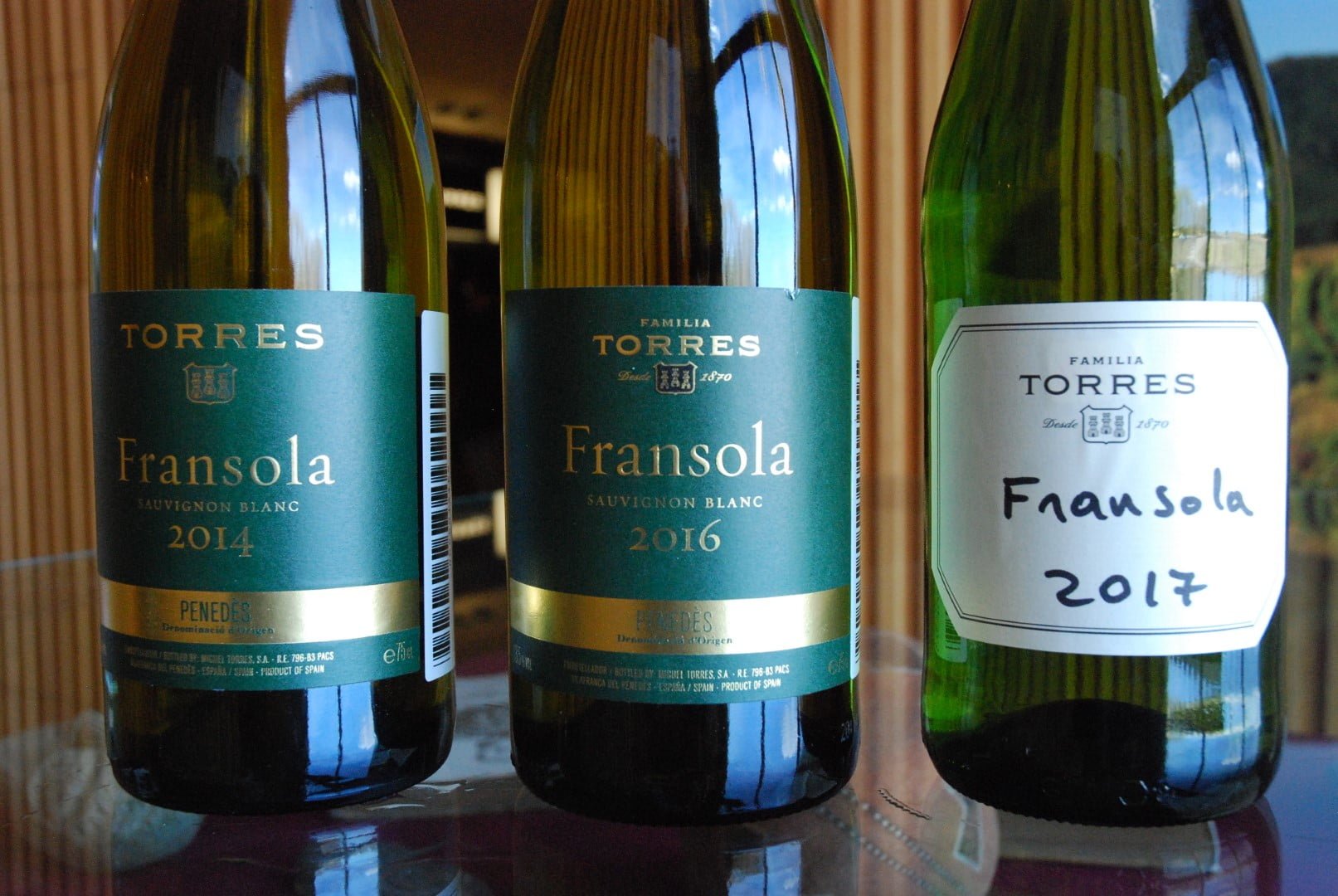
Vertical tasting of Fransola – 2014/2016/2017 – exemplary results in challenging years
2014 is an excellent year. The wine would go on to win a gold medal at the Concours Mondial du Sauvignon and came close to winning the trophy for the best barrel-aged Sauvignon. The season was rainy and cool, a little warmer during the ripening period, and in many ways ideal. The wine shows abundant freshness and precision. It is an excellent example of what to expect of a Sauvignon from the Penedès area. It has an ABV of 13.5%, 5.7 acidity and a pH of 3.12. The grapes were harvested on September 5.
2016 is what you could call a normal year for climatology. It illustrates what to expect of this vineyard and grape variety when the weather does not facilitate vineyard management. This is a perfect example of the Fransola style which strives for balanced freshness and density. Harvested on September 8, the harvest was normal.
2017 was a very challenging year with an extended period of drought and late frosts. It was a trying year for Joaquim and his team. Perhaps this is why you can sense that he loves this vintage. This is a ‘survival’ wine that perfectly expresses varietal potential on this terroir in a harrowing year. The style is compelling and aligns with the hallmark Torres profile, becoming increasingly powerful with southern character but never shedding its ‘Sauvignon soul’ or elegance.
